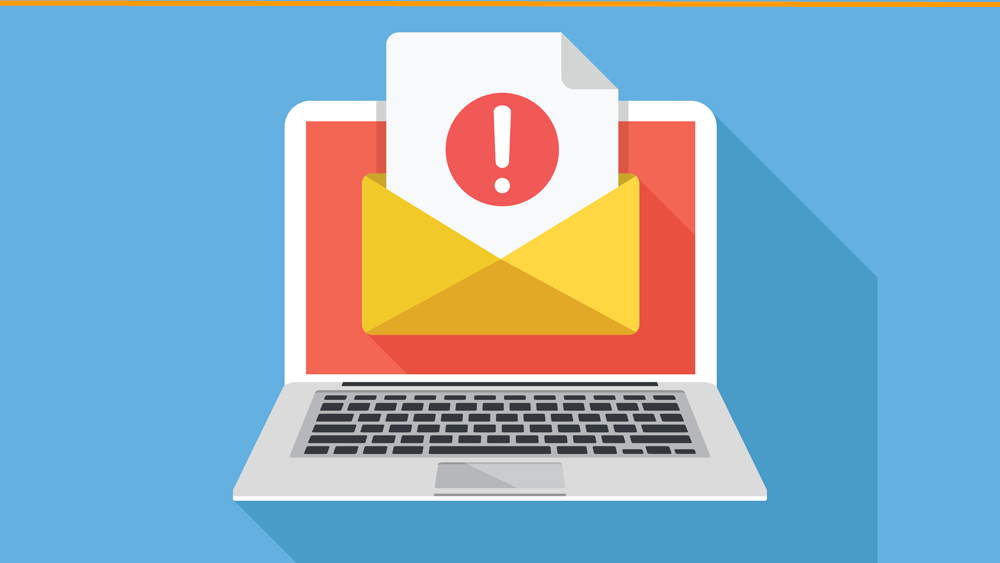Blog
CATEGORY: Best practiceemail-marketingNewsData Protection
Marketing is not at your service: What we can learn from the ICO's Amex ruling

In May 2021, the UK ICO fined American Express (“Amex”) for sending “service message” emails that contained marketing.
This case is an interesting one for email marketing as it provides specific regulatory guidance on what the ICO regard as marketing and what is service messaging.
The Amex ruling
Between June 2018 and May 2019, Amex sent over 50 million emails to their customers (card holders) which they classed as non-marketing service emails. Of these, 4 million emails were sent to customers who had opted out of marketing communications.
During this period, Amex received 22 complaints and the ICO received 3 complaints about this email communication.
The ICO investigated and determined that some of the emails that Amex classified internally as service messages contained marketing material.
In May 2021, the ICO fined Amex £90,000 for breaching the Privacy and Electronic Communications Regulations (PECR) which sits alongside the Data Protection Act and the UK GDPR.
The ICO ruling gives very specific reasons where they deemed Amex to have infringed the regulations:
The email content is not a service message if the content is designed to encourage customers to make purchases.
Amex failed to review its marketing and communication model despite the complaints that they received.
Amex is not the first company to receive this ruling
In June 2019, the ICO fined telecoms company, EE Limited, £100,000 for sending direct marketing messages to its customers (this time it was SMS), without consent.
Even though EE stated that the texts were sent as service messages and therefore not covered by electronic marketing rules, the ICO found the messages contained direct marketing.
Andy White, ICO Director of Investigations, reiterated:
"The direct marketing guidance is clear: if a message that contains customer service information also includes promotional material to buy extra products for services, it is no longer a service message and electronic marketing rules apply."
What would be detailed in a service email?
A service message is a factual message that relates to the product or service you are providing your customers. Service messages contain routine information such as changes to terms and conditions and payment plans, delivery arrangements, product safety announcements or notice of service interruptions.
General branding, logos and straplines do not count as marketing.
What is promotional or marketing in nature?
A marketing message is any communication where the aim is trying to generate more business. Therefore, anything relating to an encouragement aimed at additional/repeat/upgrade purchase will almost certainly be classed as marketing. If one of the KPIs for the campaign is related to sales, revenue or conversion; then the campaign is almost certainly marketing.
The ICO defines ‘Direct Marketing’ in its guide to PECR as:
“The communication (by whatever means) of advertising or marketing material which is directed to particular individuals”
which is extended to include the promotion of aims and ideals:
“This covers all advertising or promotional material, including that promoting the aims or ideals of not-for-profit organisations – for example, it covers a charity or political party campaigning for support or funds.”
Therefore, you must ensure that you don't send any messages that contain marketing/promotional material to an individual who has not given permission or has previously opted-out.
Advice from the DMA
“If in doubt, if a service message needs to be sent to customers and some of those are opted-out of marketing, create two versions of that content. The version being sent to customers opted-in to marketing can benefit from your preferred content. The version being sent to those customers opted-out of marketing can be made more factual and plain, containing no wording that could be interpreted as marketing.”
Advice from the e-shot team
If you are using e-shot to manage both marketing and service messages, then there are different approaches that can be taken.
The first and safest is to use a Preference Centre to provide contacts with the facility to opt in and out of different categories of communication including Marketing and Service Messages. This assumes that you do want to provide customers with the option to opt-out of Service Messages.
The second option is more suited to those who have to send Service Messages to certain contacts, no matter the opt in status. This would normally apply when there is another lawful basis for processing. For example; a statutory requirement or one where you are contractually obliged.
Our consultants regularly provide advice on the practical steps to implement either of the above based on customer requirements and compliance information.
General advice
For more details on PECR and Direct Marketing, the ICO have a complete guide that is a really useful resource. The ICO website and helpline are available for marketers who may require clarity in their practices.
The DMA also provide advice and resources to help. As e-shot is a DMA member, we can also access DMA assistance on behalf of our customers.
Solutions
Email marketing healthcheck
We are confident that we can help you, which is why we offer a free healthcheck to identify potential issues with your current programme and free advice on things that could be done to improve it.